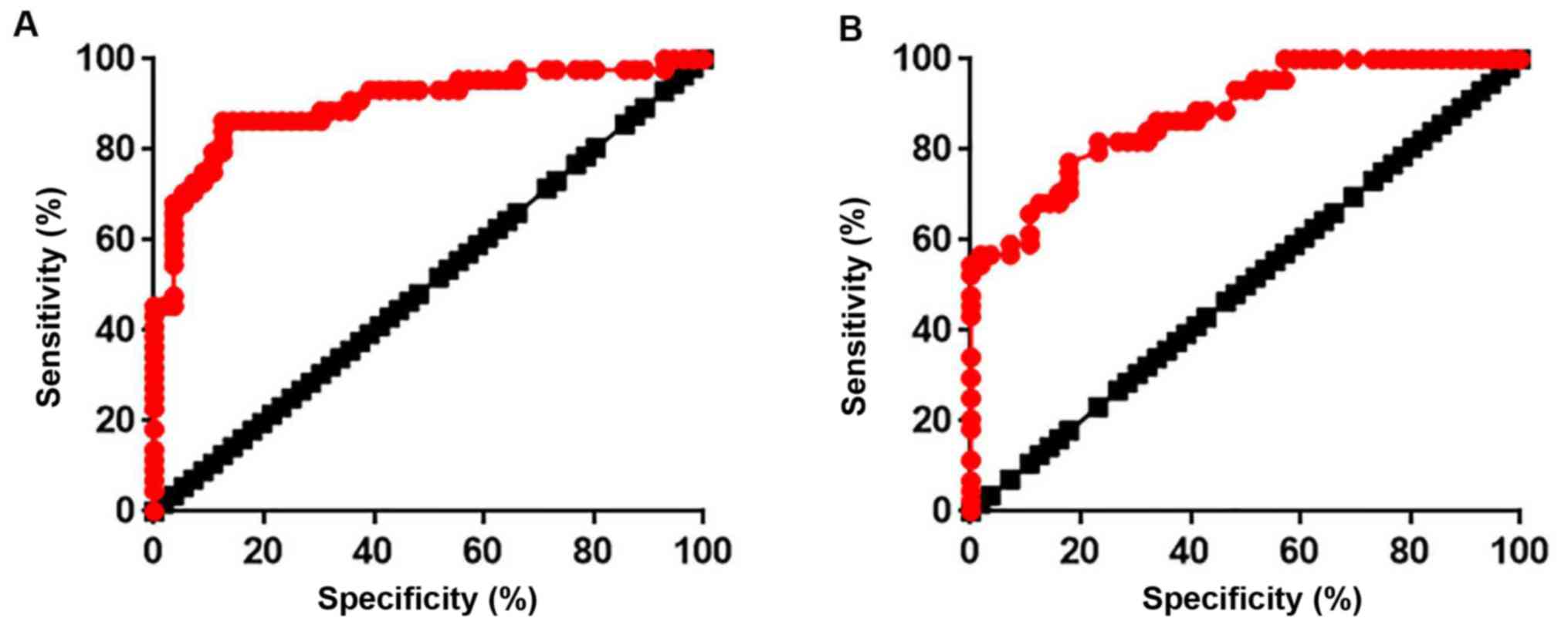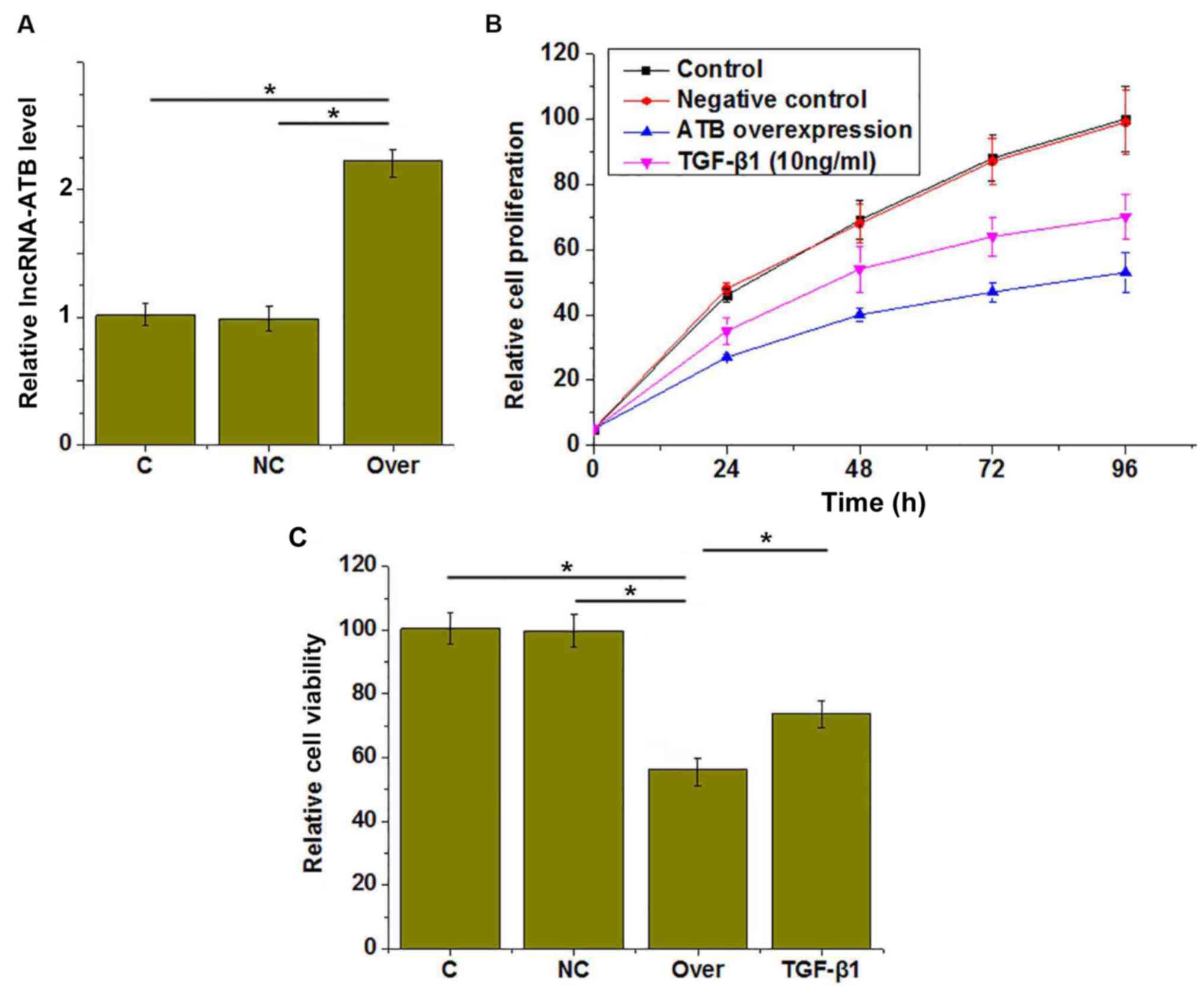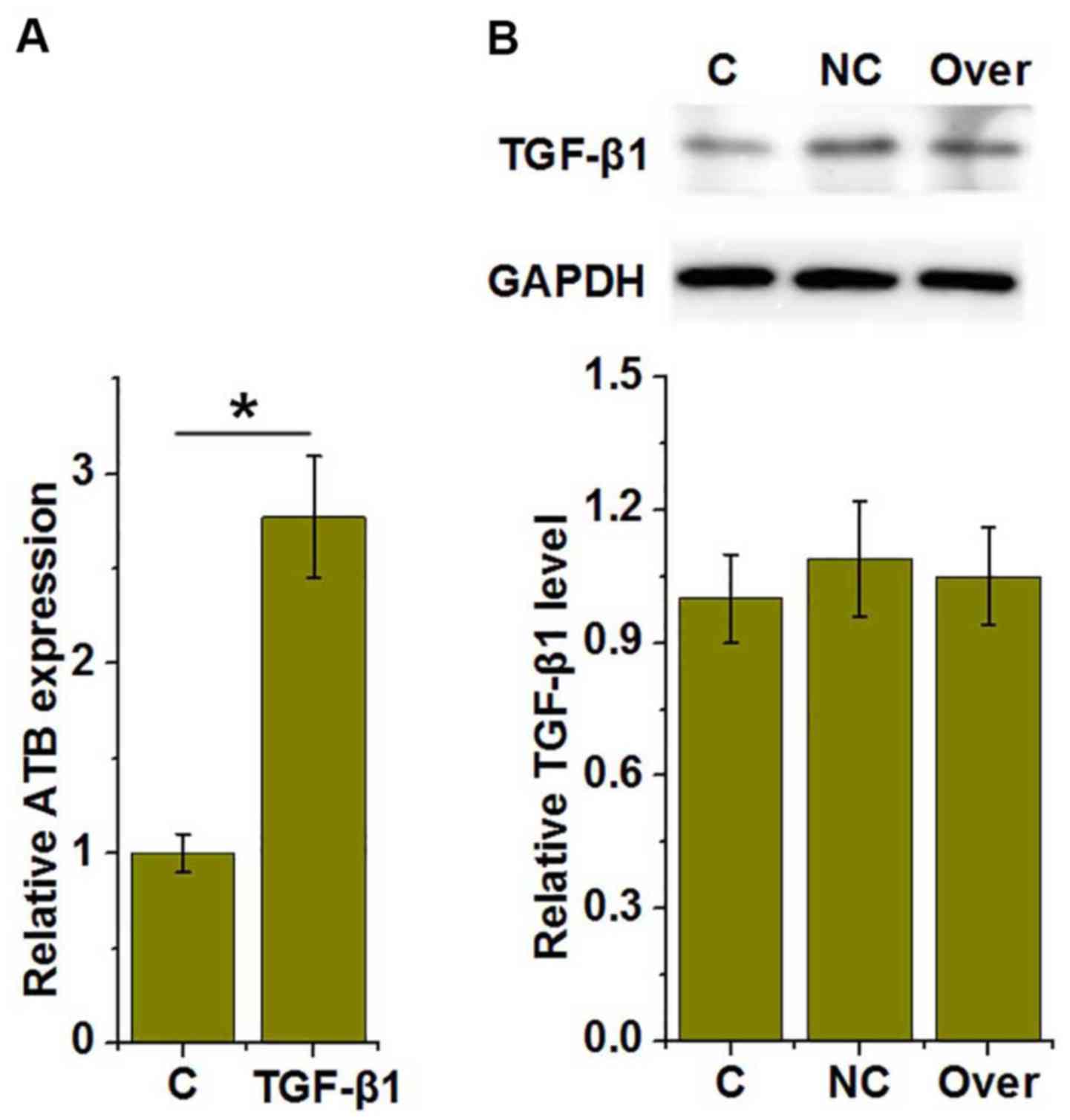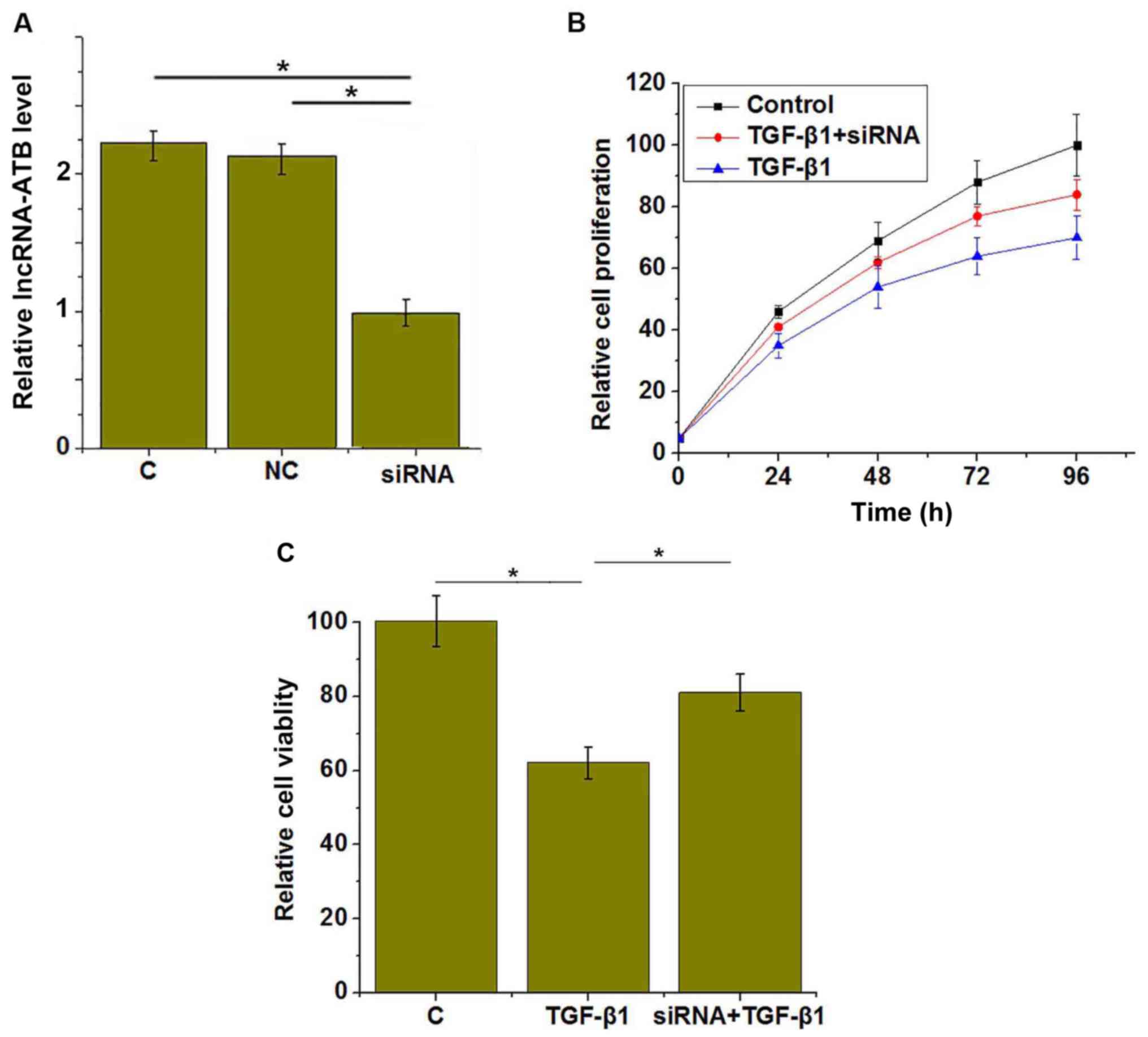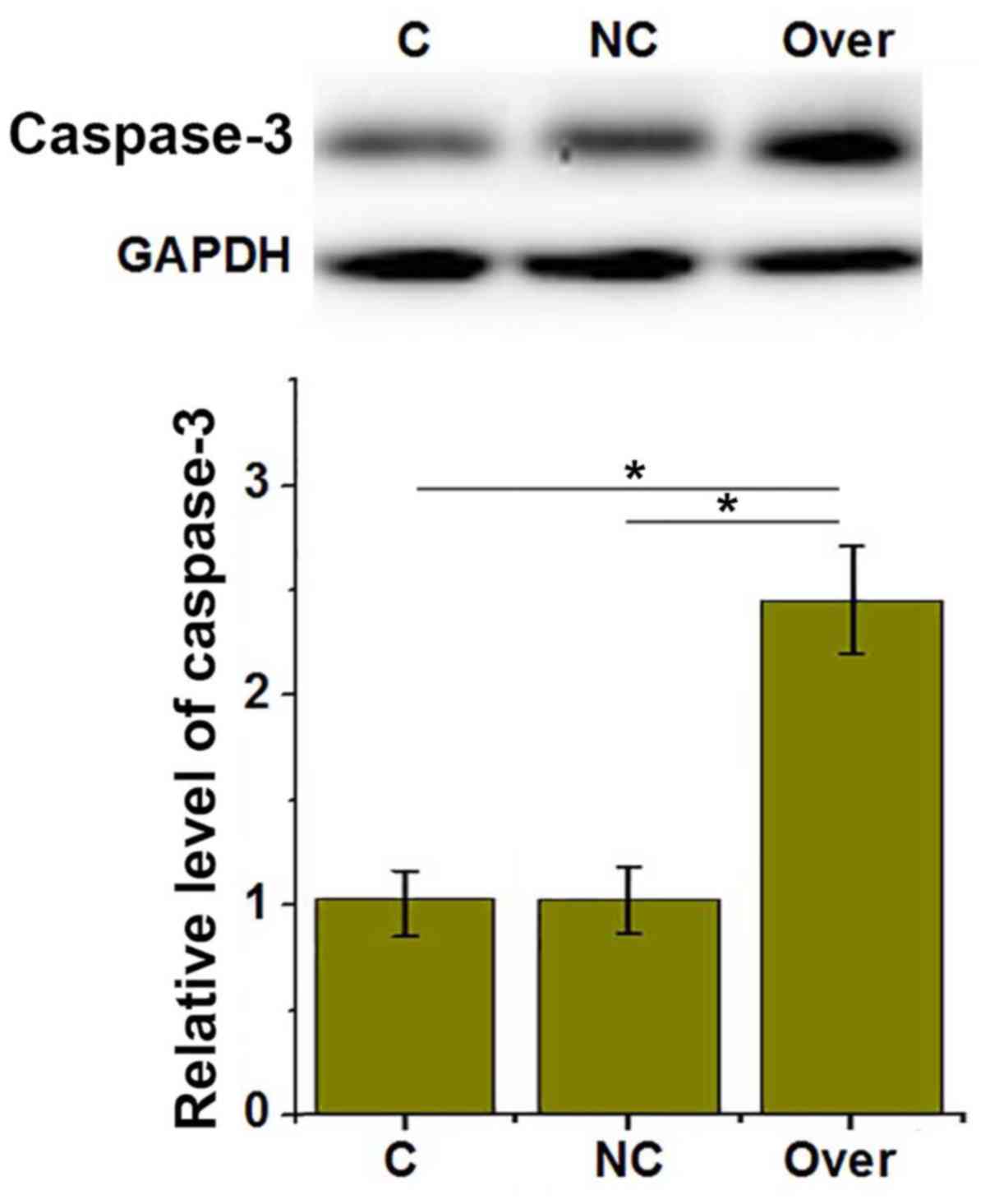|
1
|
Li H, Horke S and Förstermann U: Vascular
oxidative stress, nitric oxide and atherosclerosis.
Atherosclerosis. 237:208–219. 2014. View Article : Google Scholar : PubMed/NCBI
|
|
2
|
Blankenberg S, Barbaux S and Tiret L:
Adhesion molecules and atherosclerosis. Atherosclerosis.
170:191–203. 2003. View Article : Google Scholar : PubMed/NCBI
|
|
3
|
Steinberg D: In celebration of the 100th
anniversary of the lipid hypothesis of atherosclerosis. J Lipid
Res. 54:2946–2949. 2013. View Article : Google Scholar : PubMed/NCBI
|
|
4
|
Parrinello CM, Rastegar I, Godino JG,
Miedema MD, Matsushita K and Selvin E: Prevalence of and racial
disparities in risk factor control in older adults with diabetes:
The Atherosclerosis Risk in Communities Study. Diabetes Care.
38:1290–1298. 2015. View Article : Google Scholar : PubMed/NCBI
|
|
5
|
McEvoy JW, Blaha MJ, DeFilippis AP, Lima
JA, Bluemke DA, Hundley WG, Min JK, Shaw LJ, Lloyd-Jones DM, Barr
RG, et al: Cigarette smoking and cardiovascular events: Role of
inflammation and subclinical atherosclerosis: The multiethnic study
of atherosclerosis. Arterioscler Thromb Vasc Biol. 35:700–709.
2015. View Article : Google Scholar : PubMed/NCBI
|
|
6
|
Kubota Y, London SJ, Cushman M,
Chamberlain AM, Rosamond WD, Heckbert SR, Zakai N and Folsom AR:
Lung function, respiratory symptoms and venous thromboembolism
risk: The atherosclerosis risk in communities study. J Thromb
Haemost. 14:2394–2401. 2016. View Article : Google Scholar : PubMed/NCBI
|
|
7
|
Mattick JS and Makunin IV: Non-coding RNA.
Hum Mol Genet. 15:Spec No 1. R17–R29. 2006. View Article : Google Scholar : PubMed/NCBI
|
|
8
|
Lalevée S and Feil R: Long noncoding RNAs
in human disease: Emerging mechanisms and therapeutic strategies.
Epigenomics. 7:877–879. 2015. View Article : Google Scholar : PubMed/NCBI
|
|
9
|
Meng F, Yan J, Ma Q, Jiao Y, Han L, Xu J,
Yang F and Liu J: Expression status and clinical significance of
lncRNA APPAT in the progression of atherosclerosis. PeerJ.
6:e42462018. View Article : Google Scholar : PubMed/NCBI
|
|
10
|
Iguchi T, Uchi R, Nambara S, Saito T,
Komatsu H, Hirata H, Ueda M, Sakimura S, Takano Y, Kurashige J, et
al: A long noncoding RNA, lncRNA-ATB, is involved in the
progression and prognosis of colorectal cancer. Anticancer Res.
35:1385–1388. 2015.PubMed/NCBI
|
|
11
|
Xiong J, Liu Y, Jiang L, Zeng Y and Tang
W: High expression of long non-coding RNA lncRNA-ATB is correlated
with metastases and promotes cell migration and invasion in renal
cell carcinoma. Jpn J Clin Oncol. 46:378–384. 2016. View Article : Google Scholar : PubMed/NCBI
|
|
12
|
Schwartz CJ, Valente AJ, Sprague EA,
Kelley JL, Cayatte AJ and Mowery J: Atherosclerosis: Potential
targets for stabilization and regression. Circulation. 86 (Suppl
6):III117–III123. 1992.PubMed/NCBI
|
|
13
|
Roberts AB and Sporn MB: Physiological
actions and clinical applications of transforming growth factor-β
(TGF-β). Growth Factors. 8:1–9. 1993. View Article : Google Scholar : PubMed/NCBI
|
|
14
|
Livak KJ and Schmittgen TD: Analysis of
relative gene expression data using real-time quantitative PCR and
the 2(-Delta Delta C(T)) method. Methods. 25:402–408. 2001.
View Article : Google Scholar : PubMed/NCBI
|
|
15
|
Pan JX: LncRNA H19 promotes
atherosclerosis by regulating MAPK and NF-kB signaling pathway. Eur
Rev Med Pharmacol Sci. 21:322–328. 2017.PubMed/NCBI
|
|
16
|
Shan K, Jiang Q, Wang XQ, Wang YN, Yang H,
Yao MD, Liu C, Li XM, Yao J, Liu B, et al: Role of long non-coding
RNA-RNCR3 in atherosclerosis-related vascular dysfunction. Cell
Death Dis. 7:e22482016. View Article : Google Scholar : PubMed/NCBI
|
|
17
|
Chen C, Cheng G, Yang X, Li C, Shi R and
Zhao N: Tanshinol suppresses endothelial cells apoptosis in mice
with atherosclerosis via lncRNA TUG1 up-regulating the expression
of miR-26a. Am J Transl Res. 8:2981–2991. 2016.PubMed/NCBI
|
|
18
|
Leonarduzzi G, Sevanian A, Sottero B,
Arkan MC, Biasi F, Chiarpotto E, Basaga H and Poli G: Up-regulation
of the fibrogenic cytokine TGF-β1 by oxysterols: A mechanistic link
between cholesterol and atherosclerosis. FASEB J. 15:1619–1621.
2001. View Article : Google Scholar : PubMed/NCBI
|
|
19
|
Kolek O, Gajkowska B, Godlewski MM and
Motyl T: Antiproliferative and apoptotic effect of TGF-β1 in bovine
mammary epithelial BME-UV1 cells. Comp Biochem Physiol C Toxicol
Pharmacol. 134:417–430. 2003. View Article : Google Scholar : PubMed/NCBI
|
|
20
|
Tsukada T, Eguchi K, Migita K, Kawabe Y,
Kawakami A, Matsuoka N, Takashima H, Mizokami A and Nagataki S:
Transforming growth factor β1 induces apoptotic cell death in
cultured human umbilical vein endothelial cells with down-regulated
expression of bcl-2. Biochem Biophys Res Commun. 210:1076–1082.
1995. View Article : Google Scholar : PubMed/NCBI
|
|
21
|
Fu XM, Guo W, Li N, Liu HZ, Liu J, Qiu SQ,
Zhang Q, Wang LC, Li F and Li CL: The expression and function of
long noncoding RNA lncRNA-ATB in papillary thyroid cancer. Eur Rev
Med Pharmacol Sci. 21:3239–3246. 2017.PubMed/NCBI
|
|
22
|
Choy JC, Granville DJ, Hunt DW and McManus
BM: Endothelial cell apoptosis: Biochemical characteristics and
potential implications for atherosclerosis. J Mol Cell Cardiol.
33:1673–1690. 2001. View Article : Google Scholar : PubMed/NCBI
|
|
23
|
Yuan JH, Yang F, Wang F, Ma JZ, Guo YJ,
Tao QF, Liu F, Pan W, Wang TT, Zhou CC, et al: A long noncoding RNA
activated by TGF-β promotes the invasion-metastasis cascade in
hepatocellular carcinoma. Cancer Cell. 25:666–681. 2014. View Article : Google Scholar : PubMed/NCBI
|




